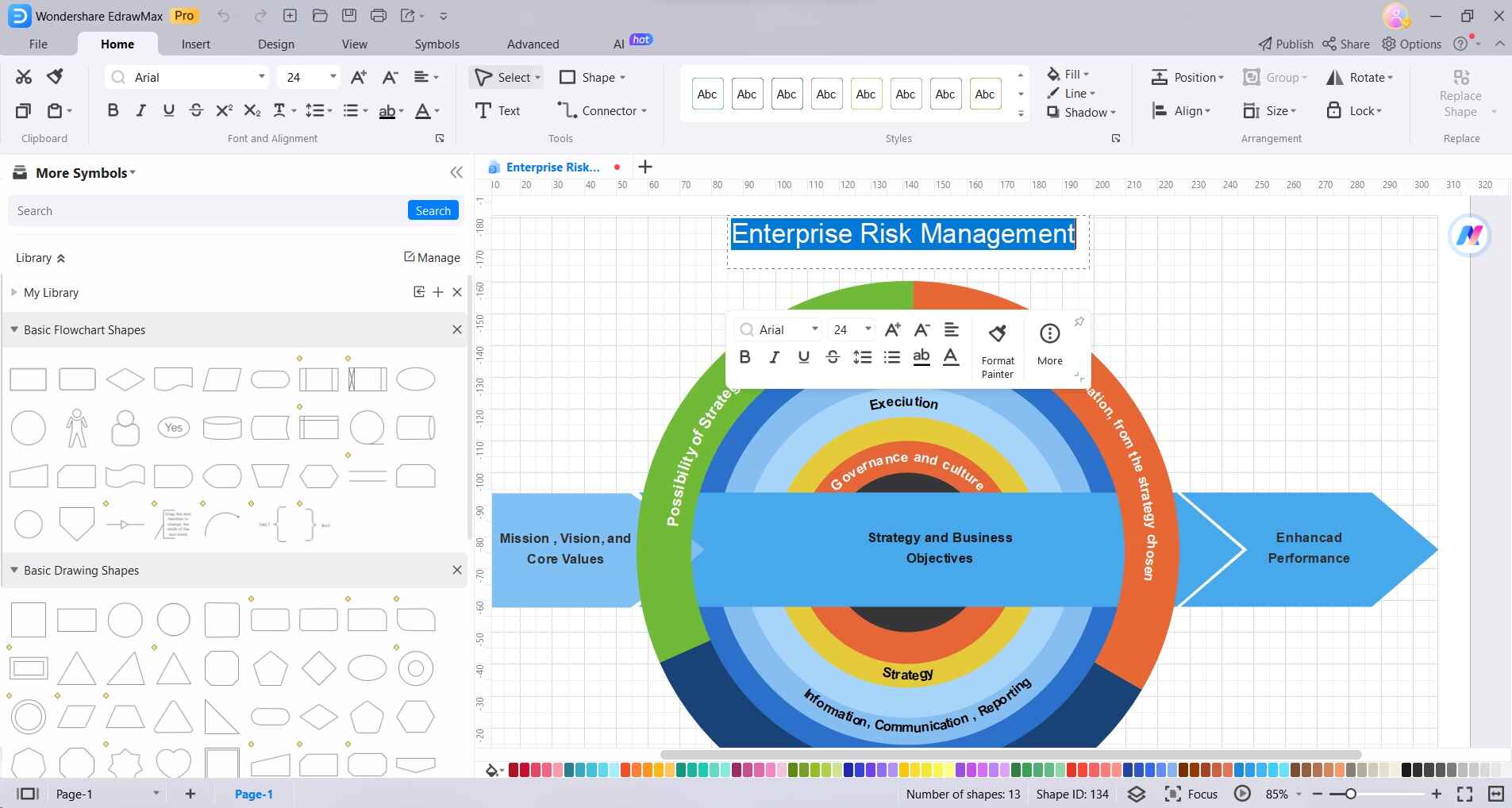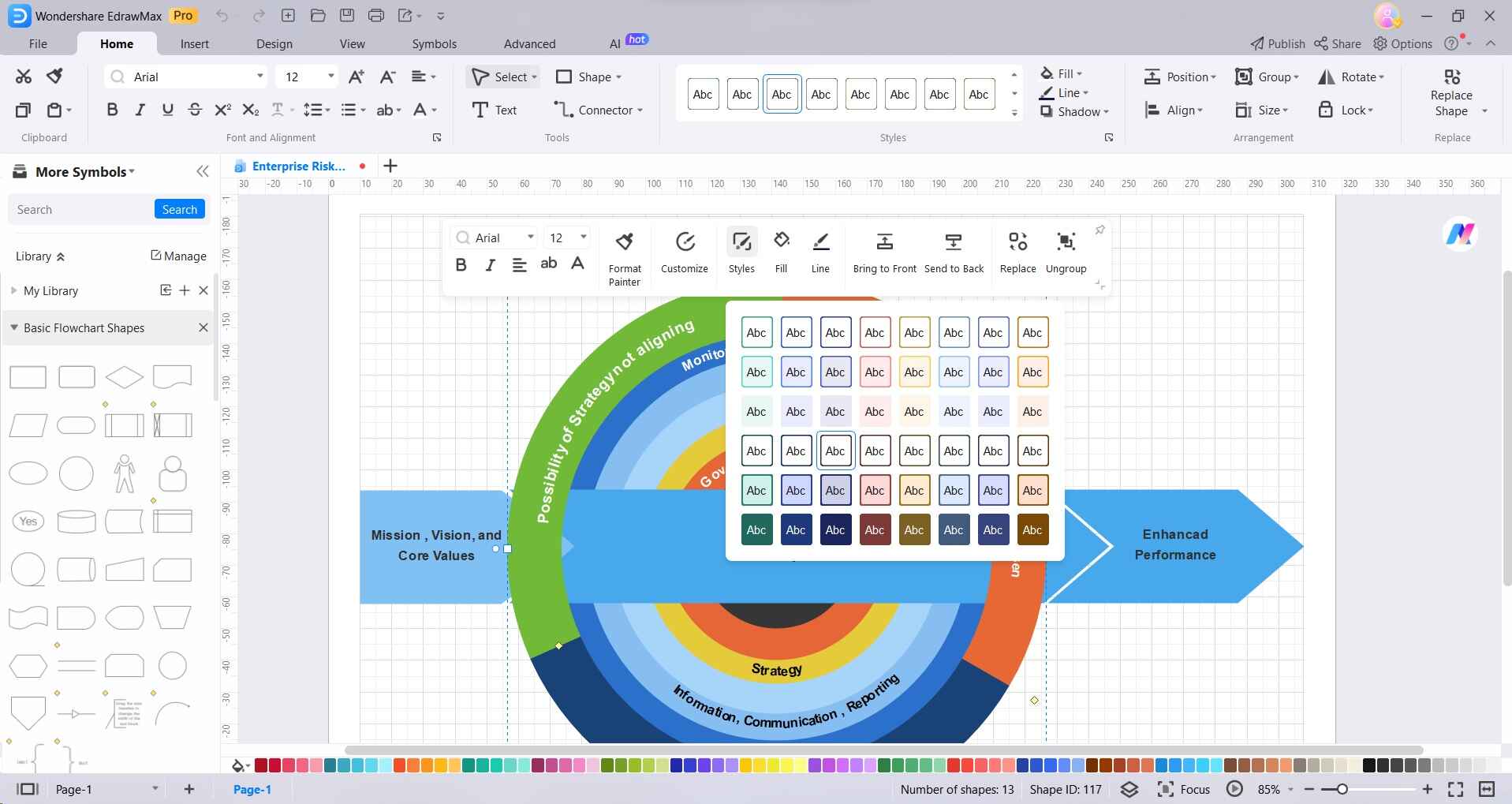In the world of finance, knowing how to handle your credit portfolio is crucial. This guide breaks it down for you, covering everything from understanding risks to smart diversification. Whether you're new to investing or a pro, getting the hang of Credit Portfolio Management is a big step toward reaching your financial goals. Let's dive in and learn how to manage your credit effectively!
In this article
Part 1. What is Credit Portfolio Management (CPM)

Credit Portfolio Management (CPM) is a financial strategy that involves overseeing a collection of credit assets to maximize returns while minimizing risks. It encompasses activities like risk assessment, asset allocation, and diversification. CPM aims to strike a balance between generating income and safeguarding against potential defaults or economic downturns.
By strategically managing credit exposures, institutions and investors can optimize their portfolios for long-term success. It's a vital practice in the realm of finance, ensuring that credit resources are utilized efficiently and effectively.
Part 2. Objectives of Credit Portfolio Management
The objectives of Credit Portfolio Management (CPM) include:
- Risk Mitigation: Minimize potential losses by diversifying credit exposures across different types of assets and borrowers.
- Optimizing Returns: Strive to achieve the highest possible returns within acceptable risk thresholds.
- Capital Efficiency: Allocate capital efficiently by identifying and capitalizing on high-yield opportunities.
- Compliance and Regulation: Ensure adherence to industry regulations and compliance standards in credit operations.
- Stress Testing and Scenario Analysis: Evaluate portfolio resilience under adverse conditions to anticipate and prepare for economic challenges.
- Enhancing Liquidity: Maintain adequate liquidity levels to meet obligations and capitalize on emerging opportunities.
- Monitoring and Reporting: Implement robust tracking mechanisms to assess portfolio performance and report to stakeholders effectively.
Credit management plays a pivotal role in banks' financial stability and profitability. It involves assessing borrowers' creditworthiness, determining appropriate lending terms, and monitoring loan performance. Effective credit management in banks ensures that loans are granted to individuals and businesses with the capacity to repay, reducing the risk of defaults. It also contributes to a bank's revenue generation and fosters trust among depositors, investors, and regulatory authorities.
Part 3. Benefits of Effective Credit Portfolio Management
Navigating the financial landscape requires adept Credit Portfolio Management (CPM). Here are the benefits of implementing an effective CPM strategy:
- Risk Mitigation: Minimizes potential losses through diversified credit exposures.
- Optimized Returns: Balances risk and return, maximizing profitability.
- Capital Efficiency: Ensures capital allocation aligns with high-yield opportunities.
- Regulatory Compliance: Ensures adherence to industry standards and regulations.
- Resilience to Economic Stress: Prepares for adverse economic conditions through stress testing.
- Enhanced Liquidity Management: Maintains adequate liquidity levels for stability.
To build a strong foundation for managing your portfolio, consider these straightforward tips for establishing a solid Credit Policy:
- Know Your Risks: Understand the potential risks associated with different credit options.
- Set Clear Borrower Guidelines: Define specific criteria for who can borrow to ensure they're reliable.
- Spread Your Investments: Diversify across different options to lower risk.
- Keep an Eye on Things: Monitor and report on your portfolio regularly.
- Follow the Rules: Make sure you're following industry and legal standards.
- Stay Updated: Review and update your policy as needed to match your goals and the market.
Part 4. Creating an Enterprise Risk Management Diagram Using EdrawMax
Crafting an Enterprise Risk Management (ERM) diagram using Wondershare EdrawMax is like having a clear roadmap for your business's journey. It helps you spot potential risks, understand their effects, and plan how to tackle them smartly. EdrawMax makes this process easy with its user-friendly tools.
Turning complicated data into a visual guide, helps you make better decisions, meet industry rules, and shield your business from unexpected challenges. With EdrawMax, you're set for a smoother path to success.
Here are the steps to create a simple enterprise risk management diagram using EdrawMax:
Step 1: Open EdrawMax on your computer. In the EdrawMax dashboard, click on "New" and then choose the "Business Management" diagram category. Or, switch to the “Template” gallery from the left menu pane. Select "Enterprise Risk Management" from the available templates.

Step 2: Drag and drop the ERM shapes onto the canvas. These shapes typically represent elements like risks, controls, assessments, and objectives.

Step 3: Use connector lines to link the shapes. This illustrates the relationships between different components in the ERM process. Add specific details or data to each element, such as risk names, assessment scores, or control measures.

Step 4: Customize colors, styles, and fonts to enhance clarity and visual appeal. Arrange the elements in a logical flow to depict the ERM process. Use grouping and alignment tools for a neat layout.

Step 5: Click on "File" and select "Save" to save your ERM diagram on your computer. You can also export the diagram in various formats or directly share it with others through EdrawMax's sharing options.

By following these steps, you'll have a simple and effective ERM diagram ready to help manage risks in your enterprise.
Conclusion
In summary, understanding and managing your credit portfolio is key to financial success. A solid Credit Policy, like the one we discussed, forms the basis for smart portfolio decisions. EdrawMax, a user-friendly tool, helps visualize complex concepts, like Enterprise Risk Management. Remember, it's about finding the right balance between careful analysis and clear guidelines. With these in place, you're on track for steady financial growth and stability.




